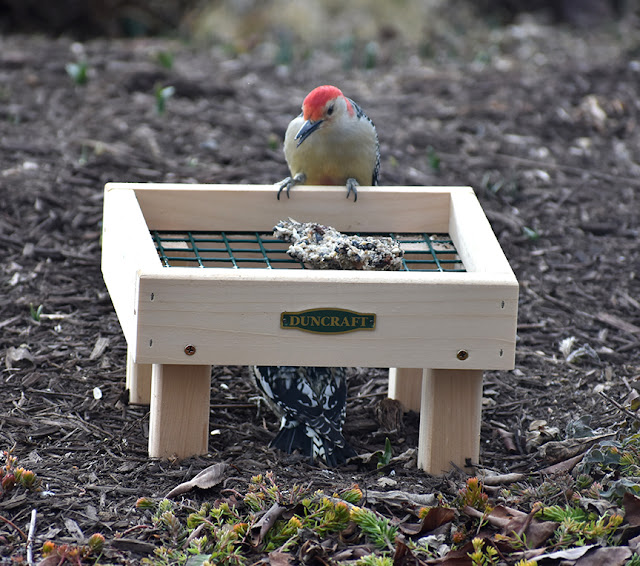 |
| Continental Divide, pastel on sanded panel, 9"h x 12". |
On these cold, gray days of winter I long for warmer climes and sunnier days... but thankfully, in my studio and imagination I can revisit other summer days of yore. I was perusing some photos of my visit to Glacier National Park several years ago and found one I really wanted to use for a painting--it was taken some miles east of the continental divide driving on the Going-to-the-Sun Road. This side of the park is much drier than the western side, and has the typical vegetation of the northern prairies. These open meadows displayed an incredible assortment of wild flowers at the time of my visit in high summer: blue lupines, wild roses, daisies and blanket flowers, bee balm, flea bane and asters, as well as grasses and pines.
I worked on a Richeson sanded panel made for pastels, and was very impressed with the amount of pigment this surface can hold. I started with a very fauvist under painting in two values of pink and peach hues, burnt sienna and brown, and it took quite a few layers of colors applied on top to cool down the colors underneath. Only a bit of the under painting shows through.
 |
| Earlier version of the pastel |
Above is an earlier version of the painting--I was in the process of modifying the composition to add a third tree to the foreground when I happened to drag my sleeve across the entire lower half of the panel, taking off most of the pigment I'd laid down! Well, after lamenting this little disaster for a while, it seemed like a serendipitous call to re-think the entire piece, and modify the val-hues from this earlier step.
Redoubling my efforts, I decided to cool down the foreground more, applying more of the Baryte green more boldly throughout the grasses in the foreground, and blueing the distant mountains more. Articulating the nearer flowers and grasses and blending the patches of color on the closer mountain range also helped to make a better distinction between the closer and farther distance.
I'm planning to try out several other pastel surfaces I have in my studio in the coming weeks as the spring equinox slowly wends its way toward the northern hemisphere again.































